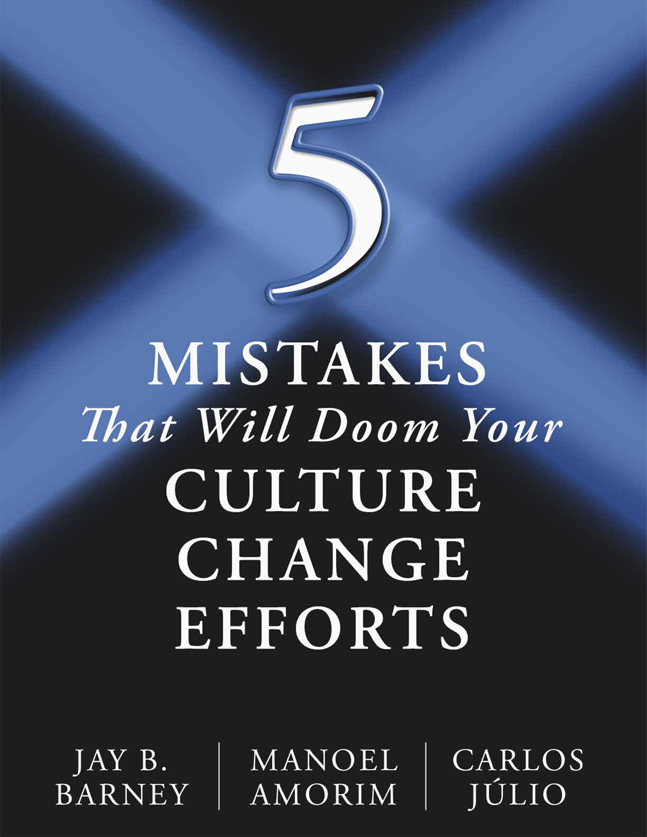Featured Post

Three Questions You Must Answer to Know If Your Strategy and Culture Are Aligned
Here is what we know about the relationship between strategy, culture, and firm performance: Firms with strategies and cultures that are aligned outperform firms with strategies and cultures that are not aligned. So, for example, if your organization’s strategy focuses

Building Stories for the Head and Heart
Our research for The Secret of Culture Change: How to Build Authentic Stories That Transform Your Organization found that stories need an additional content element if they are to be successful in changing an organization’s culture: They must appeal to
More Articles

Do You Need an Organizational Culture in a Company with Geographically Distributed Employees?: Ask GitLab
While we were writing the book The Secret of Culture Change, we often received skeptical looks. People would ask, “Is organizational culture really that important, given that more and more people are working from home, or from around the world?”

Where Do Culture Changing Stories Come From?: Culture Change at Walmart and Hurricane Katrina
In our book The Secret of Culture Change, we show that in order to change an organization’s culture, business leaders must engage in activities that build stories consistent with a new culture and that replace old stories consistent with an

Story Building vs. Storytelling: Understanding the Difference
If you want to change your organization’s culture, start by building stories. This is the “secret” of culture change—building stories that employees in your firm share with each other to demonstrate the values and norms of the organization. But where

Part II: How to Overcome the Challenges of Culture Change
In part one of this blog series, we outlined five reasons why culture change is difficult: Culture is diffused throughout an organization. Culture is an intangible asset. Culture change threatens the status quo. Culture change is both fast and slow.

Part I: Five Reasons Why Culture Change Is Difficult
It is widely known that to realize its full competitive potential, a firm’s strategies and culture must be aligned. One implication of this observation is that when a firm changes its strategies, it must often change its culture. But these

Three Questions You Must Answer to Know If Your Strategy and Culture Are Aligned
Here is what we know about the relationship between strategy, culture, and firm performance: Firms with strategies and cultures that are aligned outperform firms with strategies and cultures that are not aligned. So, for example, if your organization’s strategy focuses

You’ll receive updates and information about creating your own culture-building stories. Opt-out at any time.